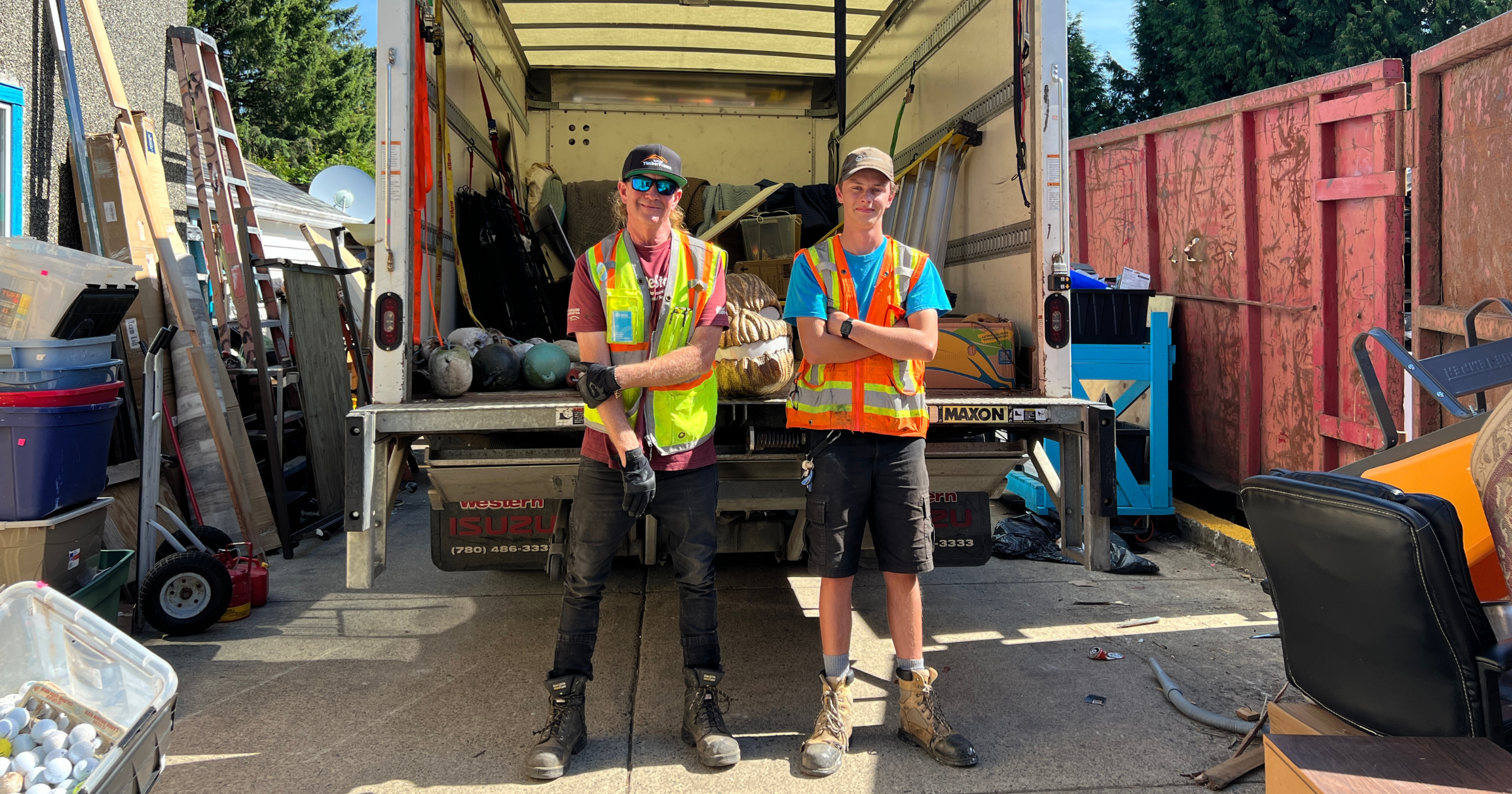National Indigenous Peoples Day
Resources
- Know whose land you are on. If you are non-Indigenous, you are occupying land that is being colonized. You are a settler. To have a greater understanding of the land’s original caregivers and history, visit Whose Land, an educational tool and interactive map. It is useful for understanding Indigenous treaties and communities across Canada. The website offers videos of appropriate land acknowledgments as well as some great Frequently Asked Questions. The Canadian Association of University Teachers (CAUT) also has a Guide to Acknowledging First Peoples and Traditional Territory. The Habitat team has started incorporating a land acknowledgement and learning at the beginning of each of our leadership meetings, something that we value and look forward to.
- Learn some Indigenous language. Just as a responsible and courteous traveler learns some basic language skills before immersing oneself in a culture and place that is not familiar, so should Canadians with Indigenous languages. There is a nation-wide push for Indigenous language revitalization and for some to be recognized as official languages. Learn more about how to support the revitalization with this Guide to Indigenous Languages in Canada. In the short term, you could make someone's day by taking the time and respect to learn a few greeting and parting words.
- Celebrate Indigenous Peoples in Canada with this learning and activity guide.
- Make some beautiful bracelets with this Indigenous weaving technique.
- Know the protocol. Take the time before going to powwows or a ceremony to understand the protocol, through research or by kindly asking a volunteer or worker once you’ve arrived. Read A Guide to Taking Your Family to a Powwow for the First Time (available on CBC) for some powwow protocol.
- Learn some Indigenous stories such as the Ojibway story of Turtle Island (aka North America), the The Owl and the Raven: An Inuit Legend and The Giving Tree: A Retelling of a Traditional Métis Story.
- Get curious about Indigenous literature:
- The Canadian Children’s Book Centre has compiled a list of First Nations, Inuit and Métis books for libraries and classrooms.
- The Government of Canada has compiled an #IndigenousReads reading list.
- CBC has shared a list of “35 books to read for National Indigenous History Month” as well as a 2017 list on “108 Indigenous writers to read, as recommended by you”.
- Understand what allyship to Indigenous people can look like. An outline of allyship and responsibilities by an Anishinaabe-kwe scholar can be found in the Ally Bill of Responsibilities. If you’re concerned about practicing allyship appropriately, this is helpful to review.
- Understand that it is not the job of Indigenous people to teach you. Métis-Irish author, Melanie Lefebrve, wrote, “If you don’t have time to educate yourself, then I can’t help you, in "It’s Not My Job to Teach You about Indigenous People" published in The Walrus. Individuals should not expect that all Indigenous people are experts on all things Indigenous, nor that they have the time or energy to teach. Google can be a great start in educating yourself.
- Support Indigenous businesses and services. There are many Indigenous businesses and services that would benefit from non-Indigenous customers, and shopping with them can be a great way to support Indigenous people. Visit the Canadian Council for Aboriginal Businesses Membership Directory to find an array of Indigenous businesses from across Canada (search by province, name or sector).
- Read the Truth and Reconciliation Commission of Canada: Call to Action Report. The TRC was a part of the Indian Residential Schools Settlement Agreement and had a mandate to document and prepare a comprehensive historical record on the policies and operations of the schools and produce a report that includes recommendations to the Government of Canada. The TRC completed its work in 2015.
- Read about the new National Day of Truth and Reconciliation on September 30. Survivors of residential schools and their families carry the burden of the tragedy in Kamloops, but the deaths of residential school children impact every person on this land. The call for a National Day of Mourning was one of 94 recommendations from the Truth and Reconciliation Commission.



